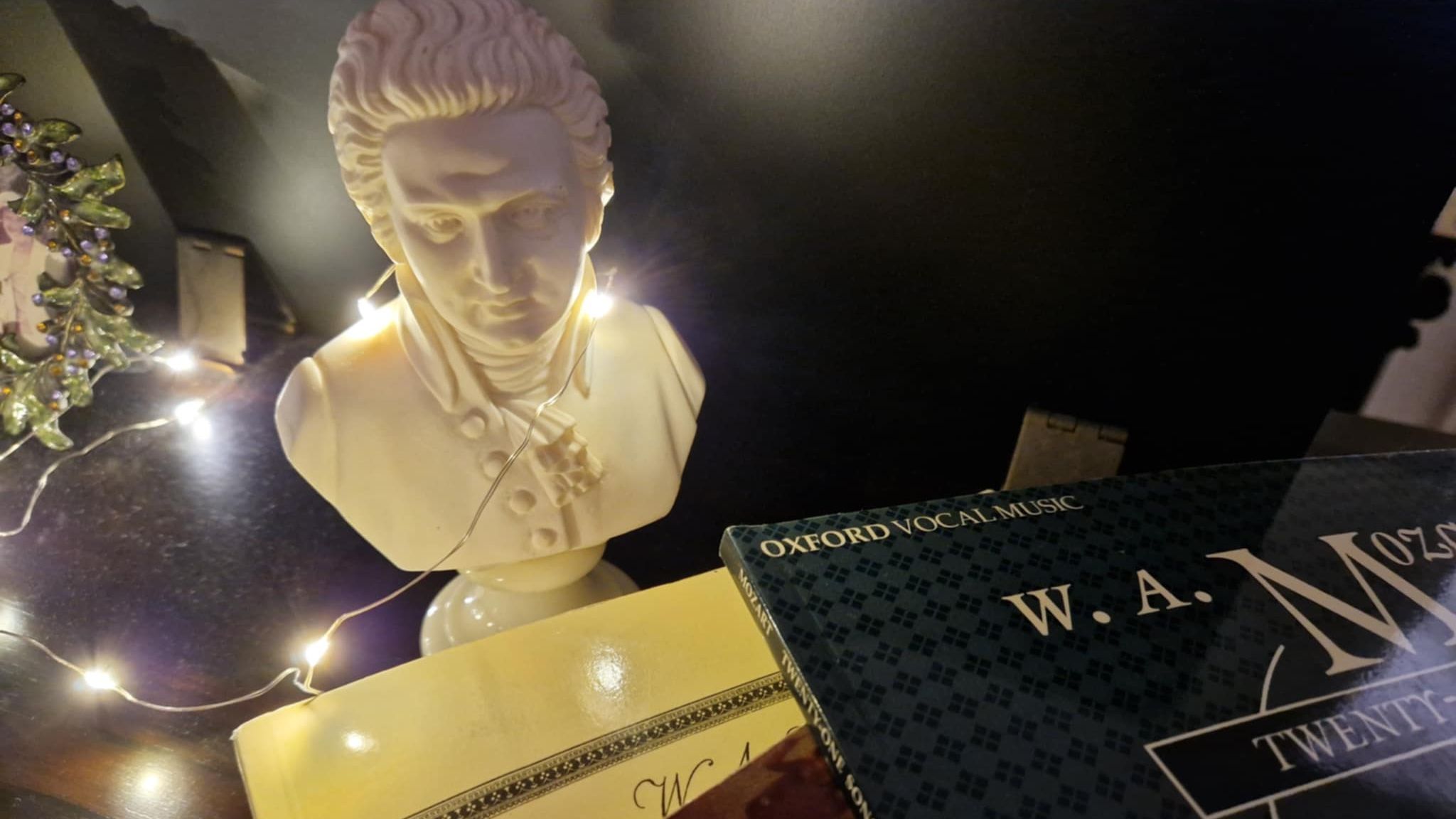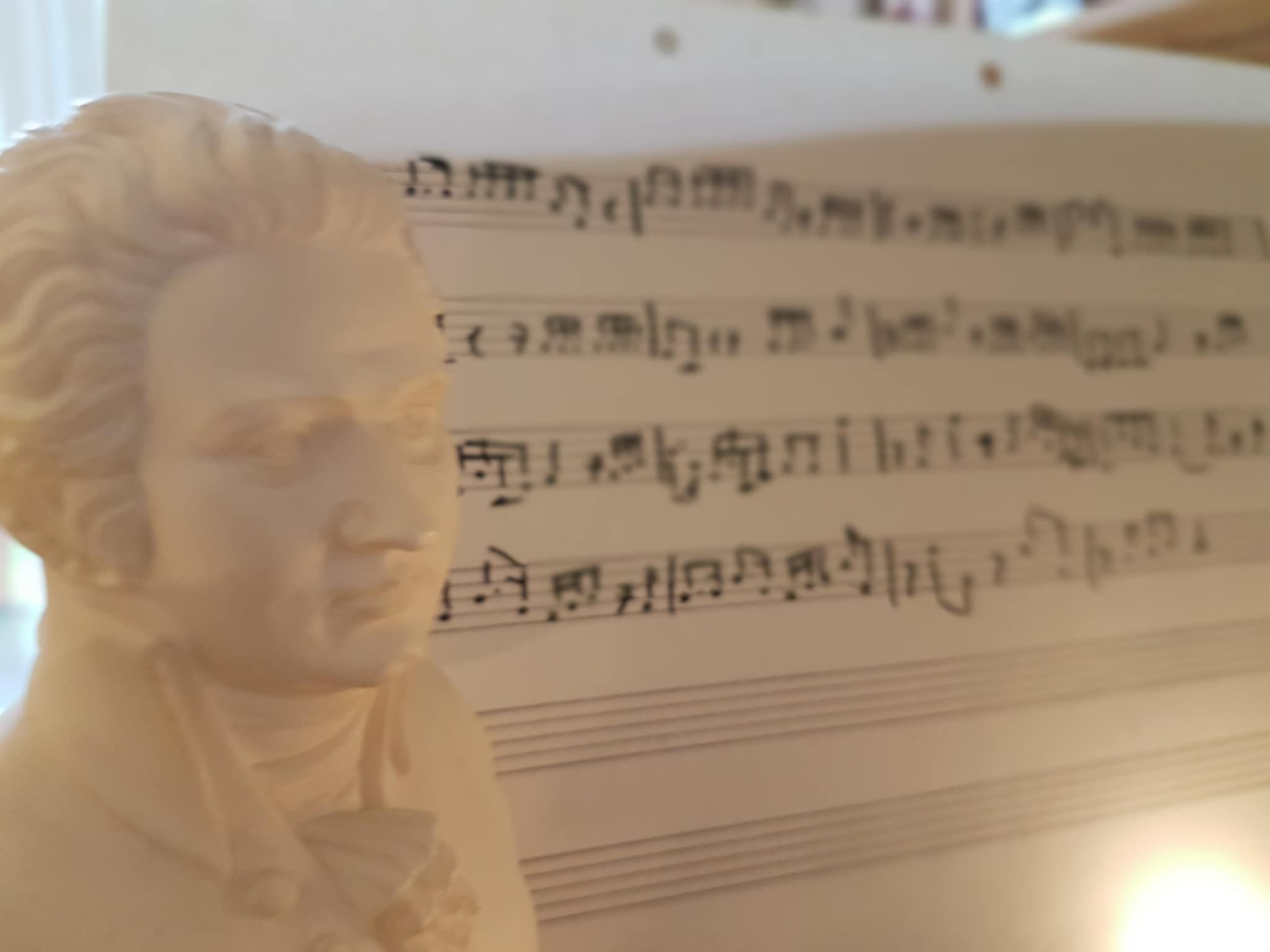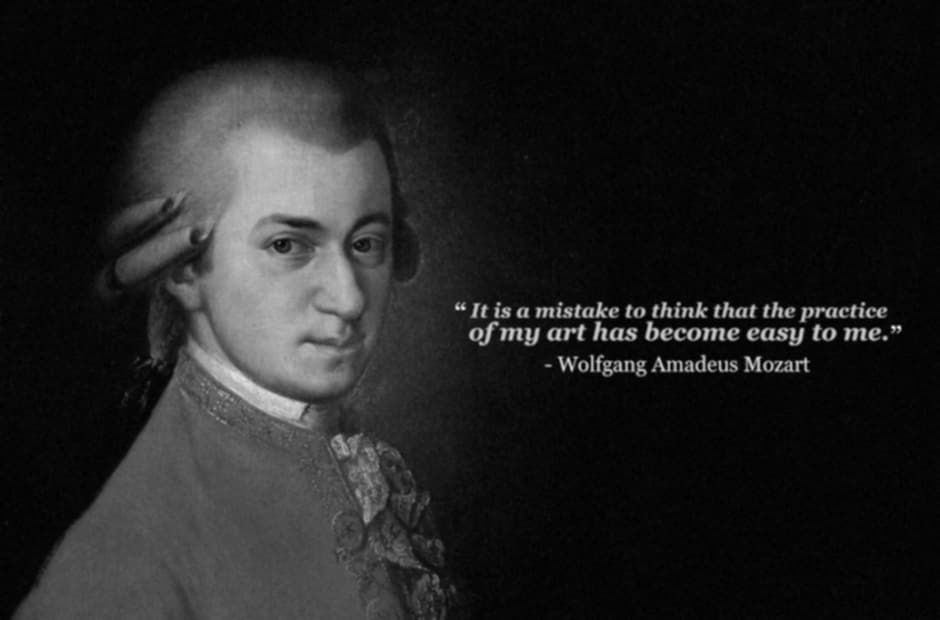Sing Joyfully 2025
Day 2 - final session
Livestream Overview
The fourth and concluding session of Sing Joyfully 2025 brought together the strands of the previous sessions, focusing on refinement, ensemble precision, and interpretative depth.
The main works rehearsed were the Three Ladies’ Trio from Die Zauberflöte (The Magic Flute) and the Agnus Dei from the Coronation Mass. This session served as both a wrap-up and a technical consolidation, with attention given to coordination, vocal placement, and stage awareness. The atmosphere was focused yet relaxed, with frequent moments of humour, reflection, and genuine musical connection among Sue, Sophie, and Steve (remote participant).
Chronological Summary
00:00 – Opening and camera adjustments
Gillian sets up the live stream, greeting Sue and Sophie while adjusting the camera angle to capture everyone. She notes that the previous day’s session had overloaded the microphone and ensures today’s setup is balanced. The singers prepare to revisit the Three Ladies’ Trio, discussing language choice (English or German) and orientation in the room.
03:50 – Beginning the Three Ladies’ Trio rehearsal
Work begins on the trio from Die Zauberflöte. Gillian reminds the singers of a fundamental Mozart principle: “use the text for the full value of the note.” The group focuses on ensemble unity, phrasing through rests, and clarity of beat — especially during the overlapping “quotes” section.
Sue admits to past confusion with the rhythm and entry points; Gillian reassures her that her line is supported harmonically in the accompaniment, explaining how the upper voice must maintain independence even when the harmony feels exposed.
05:56 – Structural overview and character interpretation
Gillian outlines the trio’s three sections and discusses how the order of entries and vocal layering changes each time. They analyse how this structural alternation reflects the characters’ dialogue — the shifts from unity to individual assertion and back again. The group jokes about child-friendly translations (“I’m going to comb his hair”) while noting how these variants influence character energy and phrasing.
12:11 – Mid-trio coordination and tone blend
Rehearsal continues with attention to balance. Gillian comments on the different voice placements: Sophie’s warm lower line, Sue’s high line “like icing on the cake,” and her own harmony in the middle. They review bars 68–89, smoothing rhythmic joins and clarifying who carries the melodic line. Gillian highlights accompaniment cues that support tricky intervals and encourages “chewing the ear in” to find harmonic anchors.
15:22 – Dialogue and interpretative reflection
Discussion deepens around text and character — especially the dialogue “You go, I stay,” and how intention changes between the Ladies. Gillian and the singers identify which lines belong to each voice and explore subtle emotional transitions (e.g., “She’s telling herself she’d better go”). The ensemble rehearses these exchanges, experimenting with tone colour and narrative delivery.
18:48 – Extended run-through of the trio
The singers perform the full Three Ladies’ Trio, focusing on continuity and dynamic coordination. Attention is given to the repeat structure and sectional contrast. Sue reports feeling more secure after repetition, and Gillian affirms that confidence grows through familiarity with harmonic patterning and cues.
25:18 – Debrief and transition
After completing the trio, Gillian asks how Sue feels; she replies she’s “much happier with that.” The group reflects on the learning process and how re-examining character relationships clarifies both musical and emotional pacing. They agree the trio now feels integrated and dramatically coherent.
30:00 – Shift to Agnus Dei (Coronation Mass, K.317)
The group moves on to Agnus Dei. There’s light humour about tiaras and camera angles before Gillian focuses the group on musical discipline. She reminds Sue to stay poised during long introductions and to remain visually “engaged but calm” while waiting to sing — “don’t switch off before the entry.”
35:21 – Approaching long introductions and physical stillness
Gillian explains that the Agnus Dei opens with an orchestral prelude (indicated ATB) and discusses how to embody readiness during these moments. She reminds Sue that facial expression and body language must reflect the music’s spiritual atmosphere before the first sung note.
37:21 – First run and technical feedback
After Sue’s first attempt, Gillian notes a tendency to add an extra beat in certain bars, recalling that accompanist David once remarked on the same issue. They rework the passage with a steady three-in-a-bar pulse. Gillian introduces a new technical focus: vowel shaping to create warmth and resonance, encouraging Sue to think of an “ah–new” placement to balance forward tone and rounded quality.
38:40 – Tone and placement exercises
Sue practises producing a mellower sound in the middle register, avoiding thinness. Gillian helps adjust vowel shape and jaw release, aiming for a “supported, centred tone” that sits naturally on the F. The resulting sound is warmer and more secure.
41:51 – Discussion of phrasing and suitability
Gillian comments that the aria is well worth developing further — “definitely a keeper” — and suitable for March performance. They note its moderate length, comfortable tessitura and lyrical beauty. Sue observes that it allows her more time to think and breathe, reinforcing technique discussed in previous sessions.
43:15 – Broader reflection on repertoire
They talk about linking Agnus Dei with Laudate Dominum or Domine Deus for future programmes. Gillian mentions previous concert arrangements and the value of having an adaptable solo that can work both with and without chorus. The piece feels satisfying to both teacher and singer — “tying up loose ends from the past.”
45:24 – Planning and final rehearsals
Gillian proposes reviewing the Kyrie or returning briefly to the trio for notebashing. They agree to meet later to tidy remaining sections and plan follow-up work before the Winsham session. Light laughter follows as they compare notes and papers.
47:18 – Closing run-through and rhythmic work
Final quick practice on the trio’s rhythmic transitions and running passages. Gillian reminds everyone: “Be mindful of your rests — don’t sing through them.” Work continues on fast runs, bar 30 onwards, ensuring each singer knows their individual line before rejoining ensemble work.
51:15 – Consolidation and closing reflections
They discuss the challenge of tempo shifts and the need to “get inside” the new allegro sections. Gillian encourages independent practice of coloratura runs and lower register security. She reassures Sue that mastery comes from slow, focused repetition — “It’s just getting inside it, really.”
59:41 – End of livestream and wrap-up
Gillian thanks everyone, noting that the timing looked good despite the technical challenge of synchronisation. She ends the broadcast warmly: “I’m off for my glass of wine — well done, everyone.” The session closes with gratitude and satisfaction after a concentrated and musically rich afternoon.
Key Insights / Teaching Points
-
Use the full value of the text: sustain through rests; rhythm drives expression in Mozart.
-
Blend and balance: understand where each line sits harmonically; listen across parts rather than vertically.
-
Character clarity: narrative understanding sharpens vocal delivery and ensemble timing.
-
Stage presence: maintain physical poise and emotional engagement even during instrumental introductions.
-
Vowel formation: rounded, centred resonance prevents thinness in the middle voice.
-
Tempo discipline: maintain a steady three-in-a-bar in Agnus Dei; avoid hesitations between beats.
-
Independent practice: isolate coloratura runs and tricky intervals before ensemble work.
-
Repertoire development: Agnus Dei offers both technical reinforcement and recital potential.
Notable Quotations
-
“The biggest rule of Mozart is to use the text on the length of the notes.”
-
“Sit as if you’re waiting for your moment — poised but alive.”
-
“Don’t push it too far forward — you’ll go thin.”
-
“That’s definitely a keeper — very beautiful, and it fits your voice.”
-
“Be mindful of your rests. Don’t sing through them.”
-
“It’s just getting inside it, really.”
-
“Tying up loose ends from the past — always good.”
Practical Actions / Recommendations
-
Revisit Three Ladies’ Trio sections (bars 68–89) for rhythmic precision and voice layering.
-
For Agnus Dei, practise the opening bars with strict three-in-a-bar counting; monitor vowel warmth.
-
Record and review physical presence during long introductions to maintain composure.
-
Practise coloratura runs slowly, focusing on breath connection and rhythmic evenness.
-
Mark rests clearly in the score and rehearse silent counting through them.
-
Strengthen middle register through gentle “ah–new” resonance exercises.
-
Review concert suitability of Agnus Dei and prepare alternative pairing options for programming.
End of summary – Sing Joyfully 2025, (Wrap)






